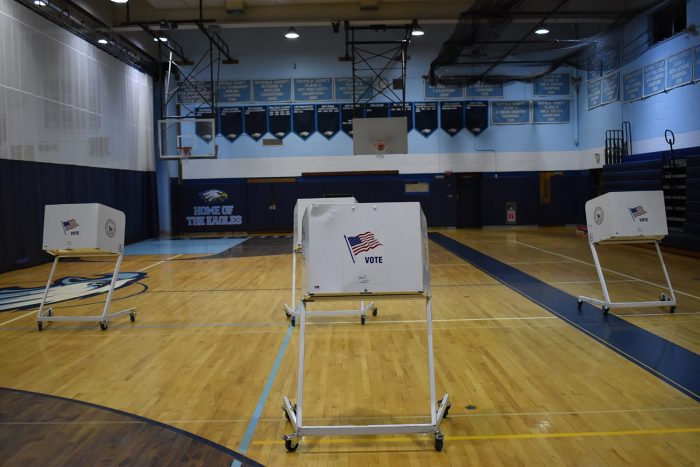By Daniel Dunaief

Sending a text message to friends and family half way around the world and then getting an instant response is pretty incredible, shortening the distance between any two people.
And yet, as Thanksgiving approaches, I appreciate some of the earlier, albeit slower at times, elements of my younger years.
Take, for example, the postcard. Sure, people still send them, but postcards and letters are not as necessary or, in many cases, even considered. Even if people don’t send us texts, we can follow them on any of the social media sites where they’re showing us how they’re having the time of their lives and eating incredible food.
Over three decades ago, when my father died, I remember the exquisite and bittersweet pain from seeing the handwritten notes he’d left for himself. He didn’t have a smart phone where he could make electronic lists. Reading his pointed and slanted script was so deeply personal that I felt as if the letters and words connected us.
Once, years before he died, my father flew for a business trip. Eager to write to me and without any paper, he took out the barf bag from the seat in front of him, wrote about his travels and shared some dad humor, put it in an envelope and mailed it. I remember smiling broadly at the words he shared and the unconventional papyrus he’d chosen to carry those words.
The modern world of digital pictures and digital cameras gives me the opportunity to relive numerous experiences. I can easily sort those images by year and location, without needing to buy an album, find the right sequence of photos and slip them behind the translucent cover.
Still, remember when we used to bring rolls of film to the drug store for them to develop? We’d come back two or three days later, open up the often small green envelope and pour through the photos, wondering what we caught, what we missed and how the image compared with our memory.
The hit-or-miss nature of those photos made the imperfections somewhere between disappointing and perfect. They were real moments, when hair got in our eyes, when we shared our disappointment about a birthday present, or when we spilled a container of apple juice as we were blowing out candles.
What about all those photos from people in the early part of the 20th century? Didn’t they look utterly miserable? Was it the shorter life span, the challenging early days of the camera, bad dentistry and orthodonture or, perhaps, a culture that hadn’t yet suggested saying “cheese” or smiling for the camera?
My theory on those miserable faces, though, is that the pictures took so long to prepare amid challenging weather conditions — it was too hot to wear that overcoat — that people wanted the process to end so they could stop trying to hold a squirming child or ignore the need to scratch an itch.
Maybe I grew up in the sweet spot, where pictures weren’t instant but were easy enough to take that they didn’t require endless retakes. Yes, I have friends and relatives who insisted on taking 37 shots of the same moment, just in case someone was closing their eyes, which triggered the kind of fake smile in me that I recognize in my children when they’re eager to be somewhere else, doing something else, and, most likely, looking down at their phones to see pictures of other people.
This Thanksgiving, I appreciate not only the gifts of the present, with the endless storage space on my phone and the ability to capture life in real time, but also the perspective from a past, where the anticipation of seeing a snapped photograph or receiving a postcard turned the pictures into keepsakes and memory gifts.





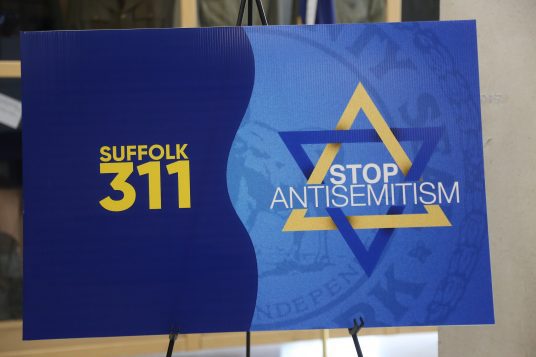
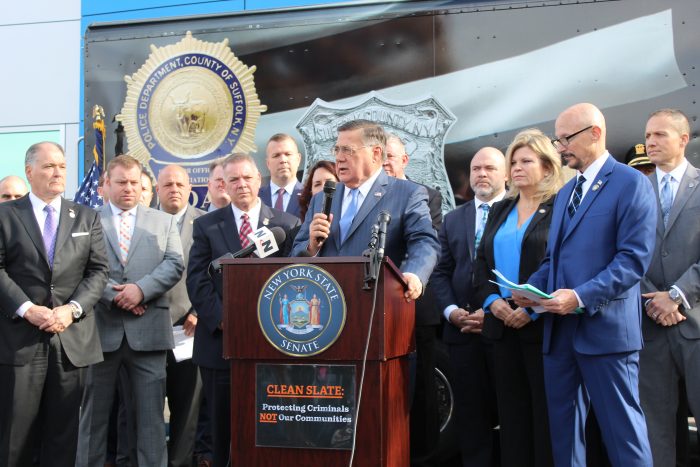




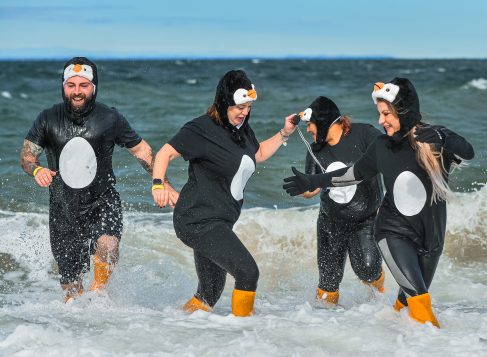
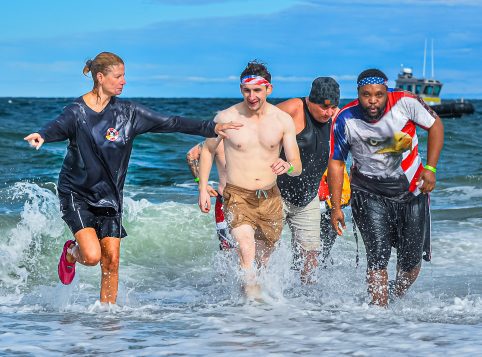
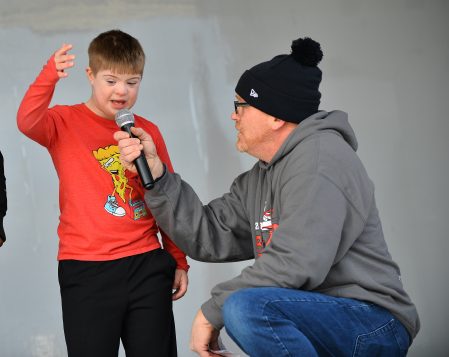
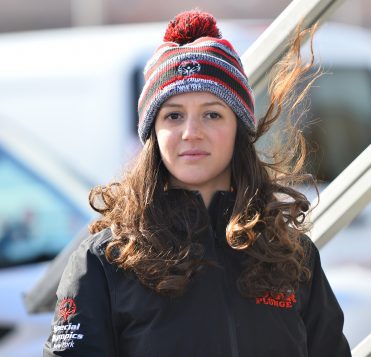
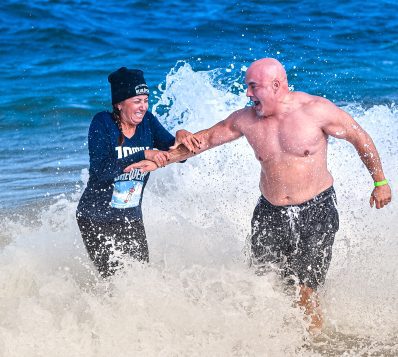

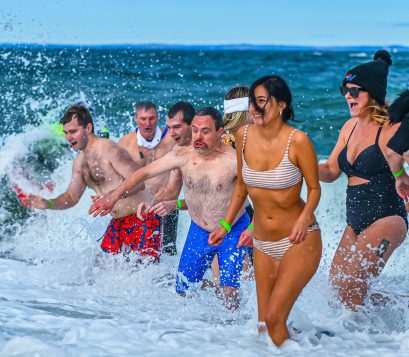
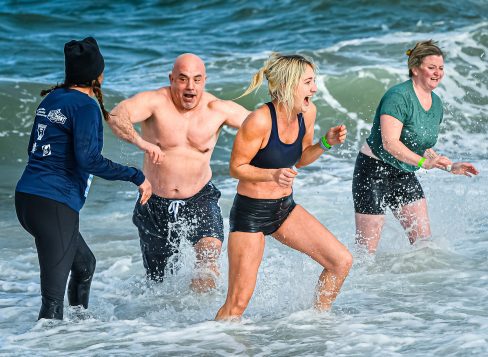
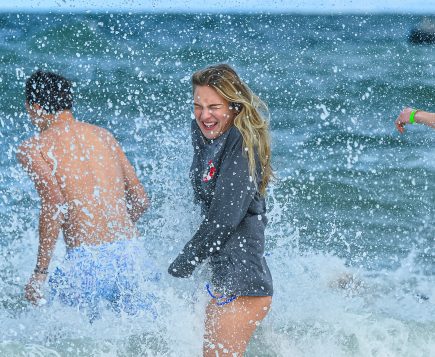

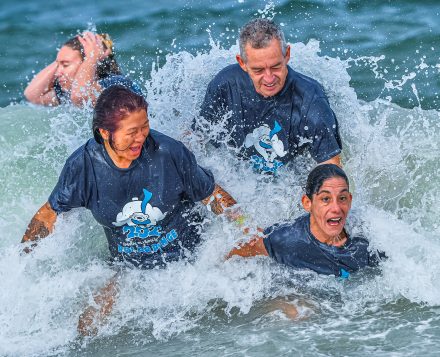

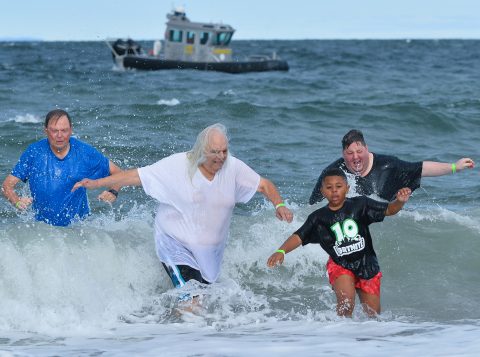

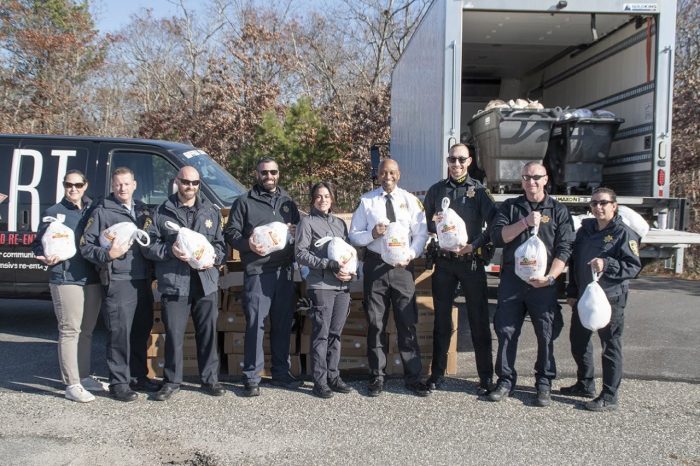

 By Bill Landon
By Bill Landon